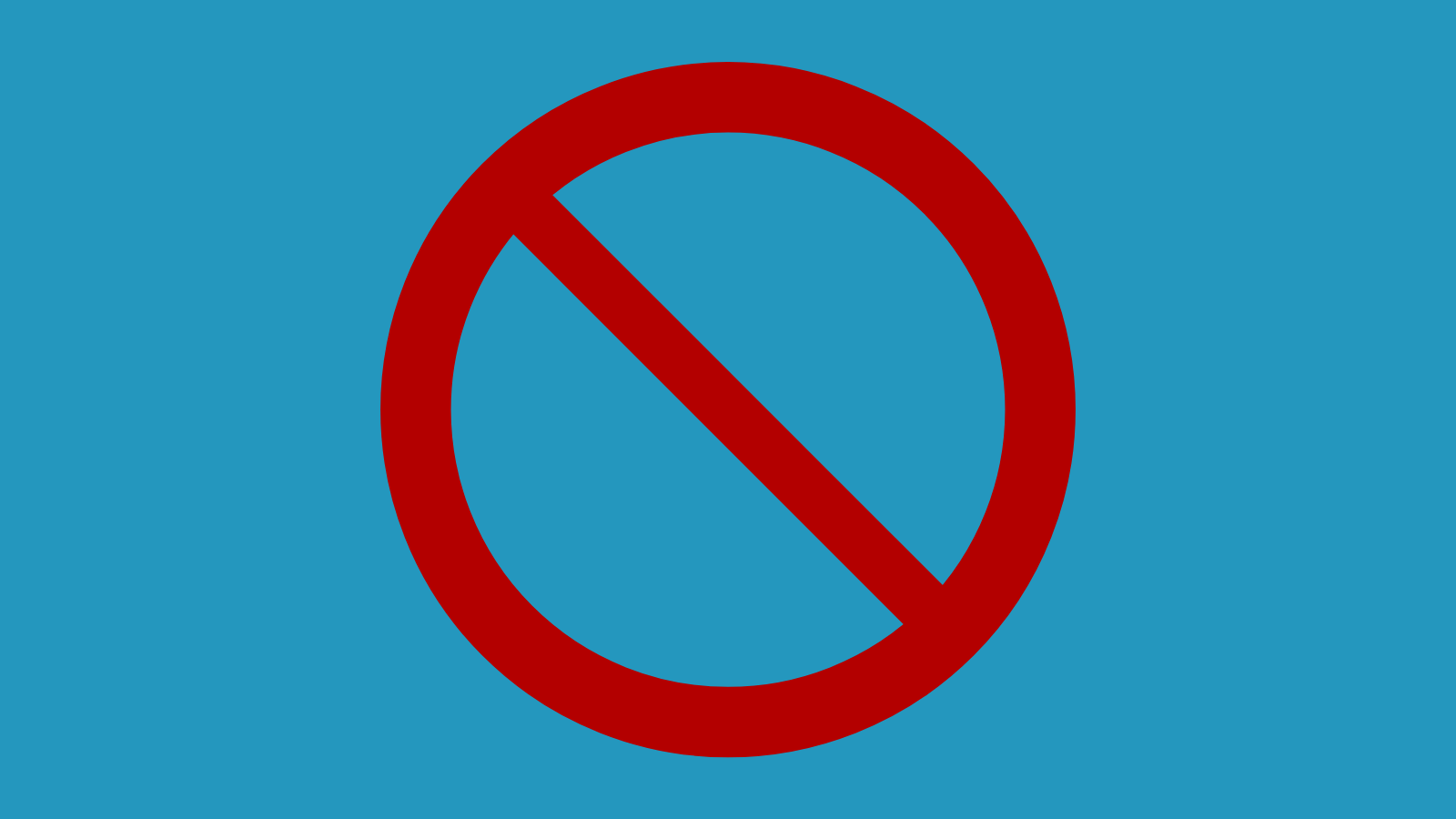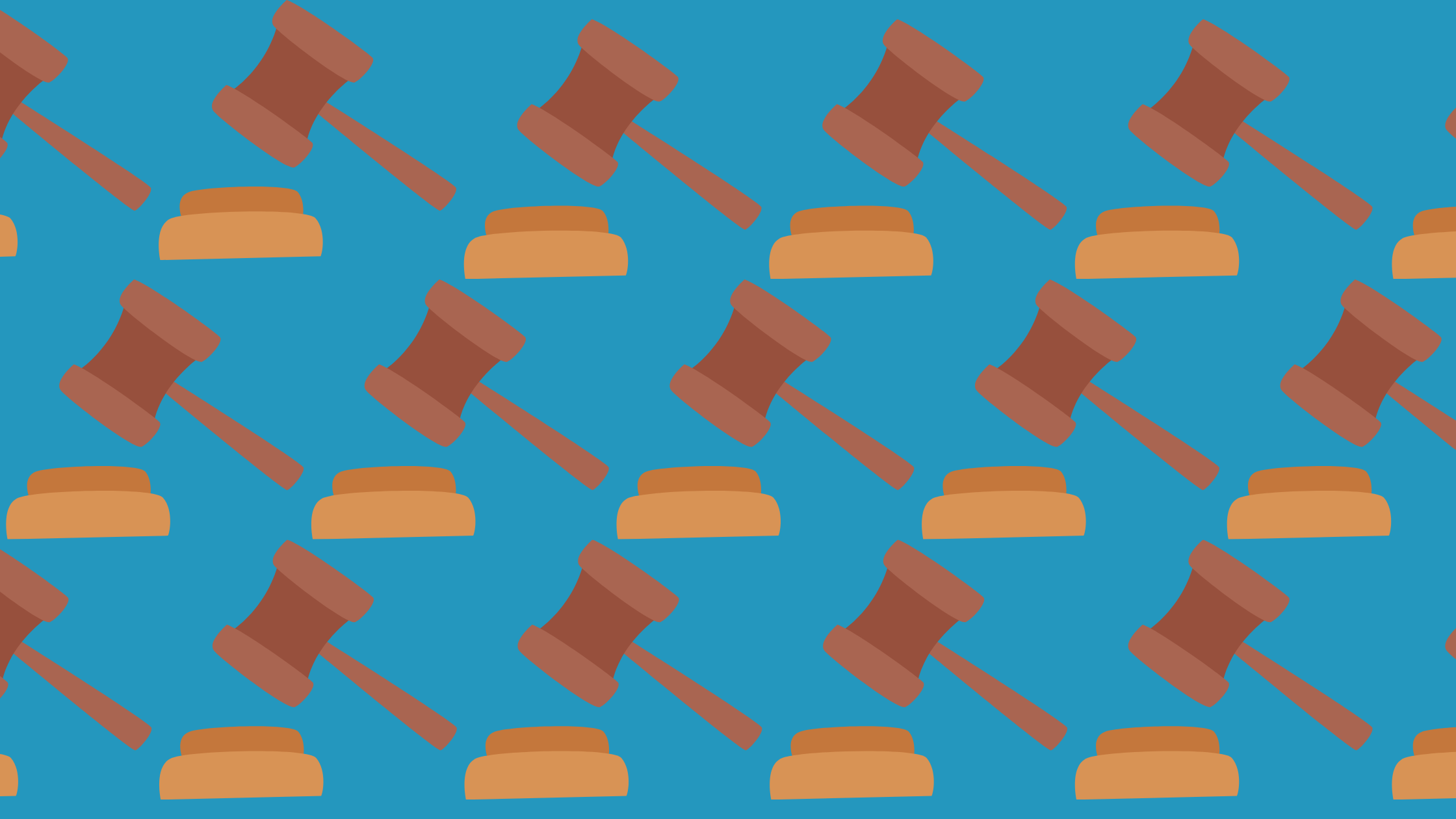What is a Trademark?
Trademarks protect anything that identifies a good or service and distinguishes it from others. This could include:
- Business names
- Slogans
- Logos
- Domain names
- Et cetera
Trademark-eligible items are also called marks.
NOTE: The following information applies to the United States of America. Trademark laws and application processes may vary in other countries. We are also not lawyers, so this is not legal advice. For the most accurate information about your local trademark laws, consult an intellectual property attorney.
Types of Trademarks
Not all trademarks are the same. Here are the different types:
Trademarks
Marks for businesses that sell goods.
Service Marks
Marks for businesses that sell services.
Collective Marks
These marks are used by members of a collective to indicate membership in the group or to identify and distinguish the products and services of members from non-members.
Certification Marks
These marks are used to show consumers that particular goods or services, or their providers, have met certain standards.

What Can't Be Trademarked
Not every mark can be protected by the United States Patent and Trademark Office (USPTO). These include:
Generic trademarks
Generic words or phrases that are commonly used doing business business can’t be trademarked. For example, a smoothie shop wouldn’t be allowed to trademark the word “apple,” but Apple the tech company could register the trademark because actual apples aren’t typically part of computers and smartphones.
Existing trademarks
You can’t trademark a word or phrase that is already a registered trademark within the same industry. Dove soap and Dove chocolate are both registered with the USPTO because they sell different products, but two chocolate companies couldn’t both register the word Dove.
Unregistered trademarks with alternative protections
Sometimes a mark without an existing trademark can be denied because someone else has been using it longer. Common law provides limited protection to marks the moment someone starts using them. This means that the USPTO could reject your application if a mark that is only protected by common law is similar enough to yours to cause confusion.

Is a Trademark Application Right For You?
Applying to trademark your company name is one of the first decisions you’ll have to make as a small business owner. Like most business decisions, federal trademark protection has pros and cons.
Pros of Federal Trademark Protection
Federal trademark rights can go a long way.
Anticybersquatting Consumer Protection Act
This act allows business owners to sue anyone who registers a domain name using an identical or confusingly similar trademark. However, this protection is only available through the US Patent and Trademark Office.
Universal protection across the US
Only a USPTO trademark registration can protect your mark across the United States. With state or common law protection, you might be protected in Illinois but not be protected if someone in Michigan tries to register the same trademark.
Counterfeit protection
Having a registered trademark allows you to ask US Customs and Border Protection to confiscate all counterfeit import goods.
Can lead to global protection
Having a federal trademark in the US makes it much easier to achieve trademark rights in other countries.
Federal law protection
If your trademark is protected at the federal level, any trademark infringement lawsuits will be held in federal court instead of state court.
Allowed to use the ® symbol
Use of the Registered Trademark symbol is only permitted by USPTO trademark holders. You can’t start using it until after the registration process is complete.
.png?width=1600&name=Thumbs%20Up%20(1).png)
Cons of Federal Trademark Protection
Trademarks can be time-consuming
The USPTO application process can take up to 10 months.
Trademarks can be expensive
The trademark filing fee costs approximately $225 and is nonrefundable. You may also have to pay an additional $400 per class of goods and services. Trademark attorney fees to help you properly fill out the application and protect your brand after it’s been trademarked are.
Trademark Application Steps
-
Search the USPTO Database
Before filling in the application, search the USPTO database to make sure your name is not already trademarked.
-
Prepare the Application
Preparing an application requires the following information:
- Name, address and personal details of the entity filing for the trademark.(Note: Individuals and businesses who are based outside of the US will need to hire a lawyer to complete this process.)
- The name, often called a standard character mark, you wish to protect.
- Products and services page. This is where you describe the products and services the mark will cover and select a class. Registering your trademark in more than one class requires additional fees.
- A filing fee based on status and class.

-
File the Application
There are two filing options available with the Trademark Electronic Application System (TEAS): TEAS Standard and TEAS Plus. TEAS Plus offers a more affordable filing option, but not everyone is eligible. To use TEAS Plus, you must use a standard description from the Trademark ID manual for your good or service. If you write your own description, you must use the standard TEAS application.
Once filed, applicants should receive a filing receipt with a serial number that can later be used to reference the application. Filing an application with the USPTO sends the application to a government patent attorney for review. After review by a USPTO patent attorney, the applicant may receive a letter (known as an “office action”) if problems are noted. Typically, an applicant will have six months to respond to any issues or problems or the application filing will expire.

-
Monitor Your Application Status
You can monitor the progress of your application through the Trademark Status and Document Retrieval (TSDR) system. Check it at least every six months after you file your application so you can stay on top of deadlines.
If the application is approved, the USPTO will publish the trademark in an online journal so anyone who might want to oppose it has the opportunity. If there’s no opposition after three months, your trademark will officially be registered.
.png?width=1600&name=Magnifying%20Glasses%20(1).png)
-
Keep Your Contact Information Up to Date
It’s important to maintain and update your address and email address in the USPTO database after you file.
Alternatives to Trademarks
™ symbol
Anyone can use the ™ symbol with their mark, and it’s commonly used if a business owner cannot register their business. Although it holds little legal power, it may deter people from trying to use your mark.
Common law
Common law provides limited protection the moment you start using a mark for commercial purposes. However, common law trademarks are difficult to enforce outside you geographic area.
State Registration
State trademark registrations are easier and cheaper than federal registrations. However, that protection doesn’t extend past the state your brand is registered in. You can find a state trademark application on the USPTO’s website.

How Sav Can Help
Here at Sav, we’re dedicated to creating and protecting your digital identity from your domain to your website to the products and services you sell. Get started today!
Newsletter
Popular
Top Articles
Recommended articles
How to Make a Media Kit
What is a Media Kit? A media kit, also known as a press kit, is a document that businesses give to journalists and media outlets before an...
Read moreWhat is Brand Voice? [And How to Create One]
What is Brand Voice? A brand voice is the unique personality a brand takes on in all of its communication channels. And it’s not just about...
Read moreA Beginner's Guide to the Product Development Process
What is Product Development? Product development is the process of creating a new product or updating an existing product from idea to...
Read more



